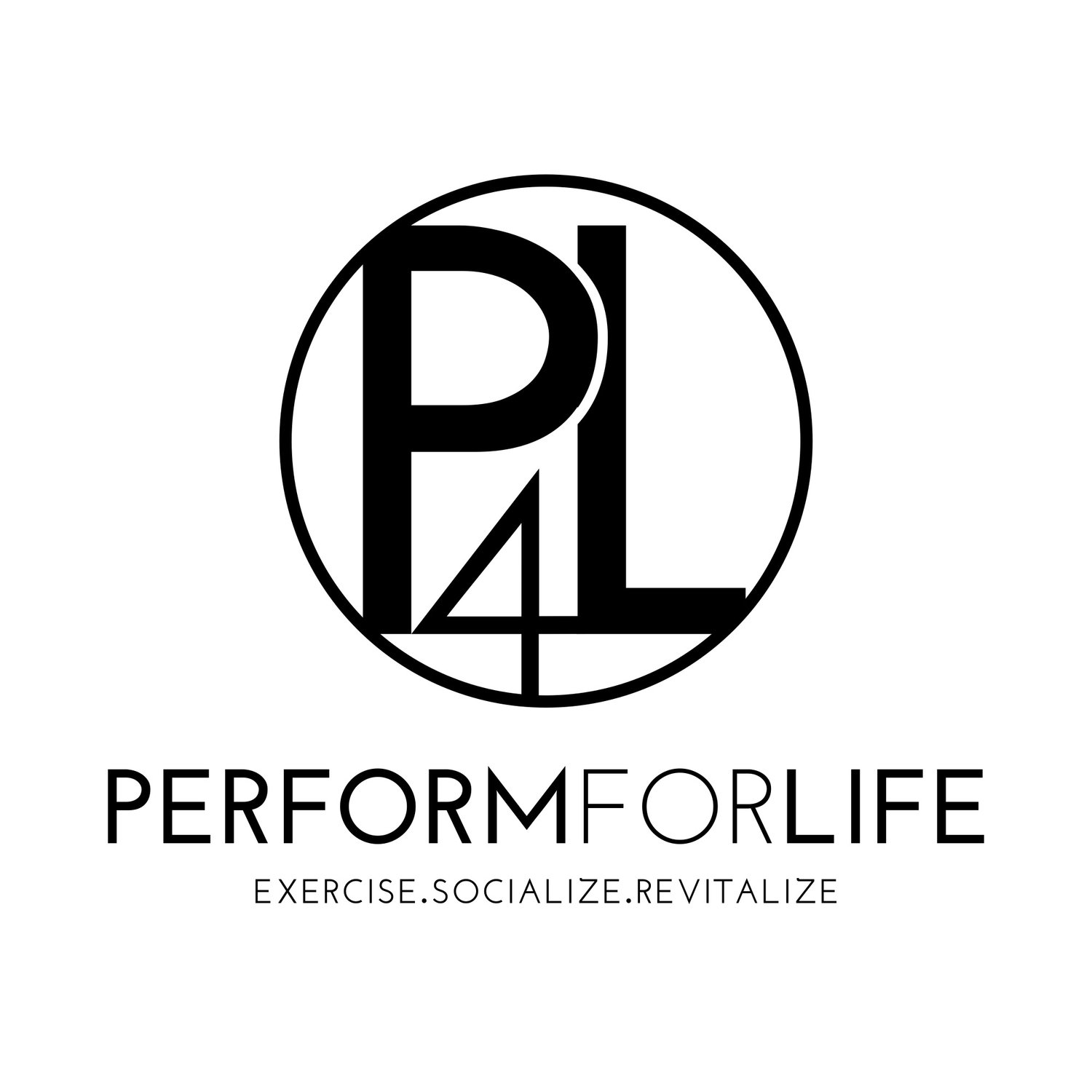Gains on the Go Series : Guide to Maximizing Muscle
Consistency is one of the keys to a successful exercise program. No matter what your goals are, you need to subject your body to repeated stress to see the desired adaptation. Unfortunately, things like travel, unpredictable work conflicts, injuries, and plenty of other things we deal with regularly can make consistency a challenge. I'm here to share some information that you can use to maintain healthy habits in the face of life's hurdles.
Prescription for Muscle Growth
Muscle growth is something that many folks are seeking when embarking upon an exercise program. The benefits are many: whether you want to look better, perform better, reduce injury risk, or generally improve health and well-being, packing on a few pounds of muscle can help a lot. The reality is that muscle growth occurs slowly compared to the fat loss. It takes several months of consistent resistance training to see a marked change for the majority of people, and most of us have trouble sailing through the day, let alone months at a time without an obstacle presenting itself. Don't worry, I promise there's hope!
Open up any personal training certification text from the last several decades, and you will find a table describing the “hypertrophy rep range” as about 5-12 repetitions per set. Although this may be a good suggestion, it isn't the only way to accomplish your goals. If you look at the body of research on hypertrophy as a whole, heavier loads (anything you couldn't lift more than about 15 times) show only a slightly more favorable outcome with respect to muscle growth compared to lifting lighter loads. This is valuable information you can use to adapt your program to your life.
The reality is: hotel gyms suck. Although the intentions are good, often times the equipment is extremely limited, and it doesn't allow you to follow your routine as written. That's okay because there are plenty of options to ensure that you stay on track, even if you have to modify your plan. Use your own bodyweight, dumbbells, or even machines that mimic the typical exercises you do as closely as possible. If the weights offered are insufficient, then simply perform higher repetition sets instead. The variation in loading, and thus the type of demand placed on the muscle (greater metabolic stress vs high mechanical tension) may even be a useful variation for you to continue making progress.
Another situation where this type of training can prove useful is working around injuries and joint pain. Sometimes heavy loading is not well tolerated by a bout of tendonitis or an achy joint. However, lighter load training might be better tolerated. I love heavy lifting, but I definitely am not someone who interprets the phrase “no pain, no gain” to the extreme that I train through injuries. At the same time, I definitely recommend finding alternatives that cause too little to no pain instead, and this technique can be helpful in that regard.
There is one caveat associated with this method: training with lighter loads needs to be taken to muscular failure for it to be similarly effective to heavier loading for hypertrophy. Training to failure with lighter loads also creates greater discomfort because of the change in muscle acidity. So, if you're prepared to do some high rep pump and burn work, then you've added another tool to your arsenal to work around some of life's challenges.
Getting Creative
Exercise guidelines for cardiovascular fitness often suggest pretty lengthy bouts to maximize the health and performance benefits. Although that might work sometimes, we often have trouble carving out enough time to meet these guidelines. Fortunately, research shows that you don’t need to perform all this exercise in a single bout to reap the benefits. I have seen research showing the benefits of bouts as short as 10 minutes in duration, assuming enough total exercise volume is accumulated through the day. That is to say, 3 x 10-minute bouts of cardiovascular exercise is similarly effective to a single 30-minute bout. As well, resistance training bouts don’t have to be done all at once either. Although I have not come across much scientific literature on this matter (there is a small amount), there is a lot of empirical evidence to suggest that splitting your weight workouts into AM and PM sessions, or performing several shorter workouts a week instead of 2-3 longer ones, is totally viable. Thus, if short and frequent exercise bouts fit your life better, use them!
Another viable strategy for those strapped for time, or who simply don't enjoy traditional cardio training, is to try circuit training. The idea is that you perform resistance exercises that stress different muscle groups in a circuit, for moderate to high reps, with limited rest periods, and you get some of the benefits of cardiovascular training and resistance training all at once. It's not quite as effective as either activity for the respective goal, but may be a good strategy for those who want a little of everything on a time budget.
Don't be afraid to get creative. If you have a short attention span, try performing alternate 10-15 minute bouts of resistance and cardio exercise. Try group classes at your gym that involve bodyweight exercises and light resistance in circuits to keep up your heart rate. Try jogging or riding your bike to work each day. All of this adds up, and you need to make it fun, enjoyable, flexible, and sustainable.
Can't Stop, Won't Stop
Don't let normal occurrences in life become excuses - instead, find solutions. Try new ways to stick to your goals and be healthy. If you read this blog, then you're on the right track. You're taking the time to make sure your exercise routine is flexible and adaptable enough to keep making progress. Where there's a will, there's a way.
For more guidance on making a healthy lifestyle work for you, come check out our facility on Market Street. We have a lot of well-educated coaches at the ready to help you reach your goals. Until then, stay healthy, happy, and active!











